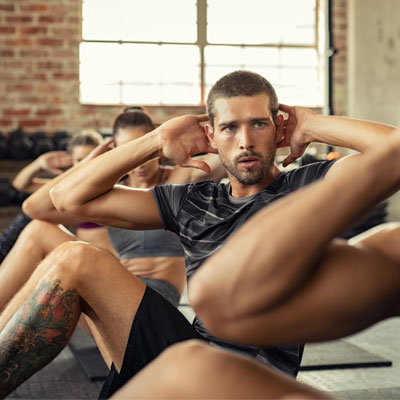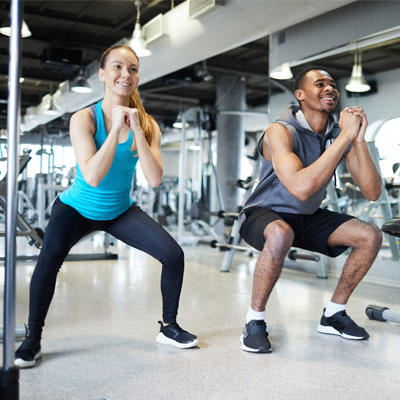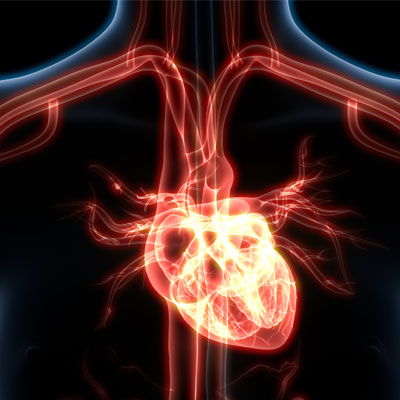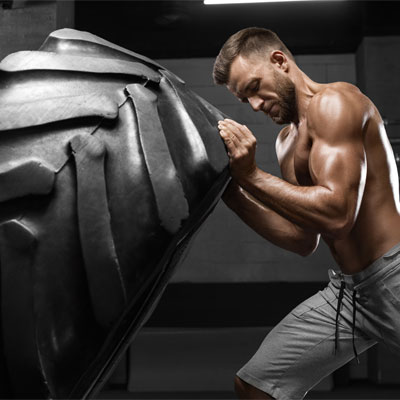Exercises for Low Testosterone: What Works and What Doesn’t?
Contents

What is the connection between exercise and low testosterone levels? Why do some people seem to work out harder but yield terrible results?
The secret is not spending hours a day in the gym. In fact, men who engage in long weight-training sessions often have lower levels of testosterone than those who work out for less than an hour. More is not better when it comes to exercise.
That is especially true for aerobic activity. Extended cardio sessions are on the skip-it list of workouts for low testosterone. Running, cycling, or stair-climbing for more than thirty minutes can actually lower your testosterone levels. Now, if you love to participate in endurance marathons, this may not be good news for you.
We are not telling you to give up the sports or activities you love. However, if you are training for a marathon, train smart. By following some of the guidelines listed below, you may be able to counteract the effects of marathon training with proper Trusted source25 Strength Training ExercisesMen`s JournalGo to sourceweight-lifting exercises .
Workout smart with the right type of exercises to combat low testosterone levels.
What Are the Best Resistance Exercises for Low Testosterone?
Nothing comes close to providing a boost of testosterone like resistance training. Engaging in exercises that work multiple large muscle groups at the same time is a powerhouse for stimulating testosterone production. Where do you find these large muscle groups? In the legs, the back, the abdomen, and the chest. The best exercises for low testosterone will combine one or more of these muscle groups.
To improve testosterone production, we start with leg exercises. Testosterone responds well to squats and lunges of various types. These multi-joint exercises may not give you bulging biceps, but they will increase your testosterone levels.
For resistance training, it is not about the reps – it is all about the weight. You want to lift as much weight as you can, but for no more than 10 reps. If you can go longer, you are not lifting enough weight to increase testosterone production.
The best resistance or weight-bearing exercises to help build testosterone levels include:
- Deadlifts – keep the weight close to the body
- Squats – works the quads, glutes, hamstrings, and core at the same time
- Overhead Press – depending on how you perform this exercise, you can work much more than your shoulders and arms
- Rowing – all types help work not only the arms but a large section of your back muscles
- Bench Press – here you work the chest and arm muscles together
- Pull-Ups – these exercises engage your arms, back, shoulders, and core
When engaging in resistance training, do not work the same muscle groups two days in a row. Focus on the upper body one day, and the lower body during the next workout. Switch it up between sets. Do one series of repetitions on one exercise and then move to another exercise. Take only a short 15 to 30-second break between the two exercises. Then, after completing one full round of exercises, take a one-minute break before repeating the cycle.
Some studies recommend taking two minutes to rest between sets. While that may help increase testosterone levels by allowing you to lift heavier weights, it will not help HGH production. You can offset that by switching between exercises that work different muscle groups, such as going from bench press to squats with a short rest (less than 30 seconds) in between exercises.
Keep resistance training to a maximum of one hour a day, three times a week for the best results.
What Are the Best Cardio Exercises for Low Testosterone?
As we previously stated, stay away from long periods of cardio exercises for testosterone production. Aerobic activity should not exceed thirty minutes. That includes Zumba, kickboxing, aerobics classes, swimming, stationary bikes, and other forms of cardio exercises. If you engage in these activities for longer than thirty minutes, your body will increase production of the hormone cortisol. Also known as the stress hormone, cortisol inhibits the body’s production of testosterone and human growth hormone.
Now, not only will too much exercise lower testosterone and HGH, but it will cause your elevated cortisol levels to increase ghrelin production. Ghrelin is the hunger hormone which will lead you to overeat. After eating, your body naturally reduces HGH production. Since HGH stimulates testosterone and vice versa, you have just caused a decline in both crucial hormone levels.
The best cardio exercises for low testosterone focus on high-intensity interval training or HIIT.
What is HIIT?
High-intensity interval training utilizes a twenty to thirty-minute (maximum) workout that features two minutes of medium intensity activity followed by 20 to 30 seconds of high-intensity bursts. You repeat the process for up to thirty minutes.
For example, you would run on a treadmill (or outside) at a moderate pace for two minutes. Then you would up the intensity to a very high level for 20 to 3o seconds. The goal here is to reach your maximum threshold quickly, then lower back down to a moderate pace and repeat the cycle. You should be out of breath and feel your heart beating harder at the end of the high-intensity period.
You can use any form of aerobic exercise that you like to accomplish a HIIT cycle.
Not only will HIIT help increase both testosterone and HGH production, but it will also speed weight loss if you are overweight. Losing excess weight is one of the best ways of increasing testosterone levels.
One important note about HIIT – do not do this more than three times a week.
High-Intensity Interval Training (HIIT) is one of the best ways to increase testosterone and HGH levels.
What Is the Bottom Line on Exercises for Low Testosterone?
The testosterone increase that you get from exercising is short-lived. It will not last. That is why you must come up with a plan that you can stick to that will work in the long run. Even a small, short duration increase in testosterone each day will accumulate to positive results in your body over time.
You may not want to exercise with low testosterone levels as you may feel fatigued and unmotivated. However, you have to start somewhere. You may only have the energy to engage in 15 minutes of HIIT at first. That is fine – something is better than nothing. Work your way up to the full thirty minutes.
Whatever you do, avoid excessive exercise to help promote testosterone production. By utilizing these best exercises for low testosterone, you can help improve your body’s appearance and function.
Our hormone specialists are here to help you find the best way to increase your testosterone levels.
- Stuart Bergman, MD.
- Vivian N. Hawkins, PhD., Karen E. Foster-Schubert, MD., MS., Jessica Chubak, PhD., Bess Sorensen, Cornelia Ulrich, MS., PhD., Frank Z Stanczyk, PhD., Stephen Plymate, Prof., Janet L. Stanford, PhD., MPH., Emily White, PhD., MS., John Potter, MBBS., PhD., Anne McTiernan, MD., PhD.
- Jeong Kyun Yeo, MD., PhD., Seung Ik Cho, Sun Gu Park, Seok Jo PhD., Jeong Ku Ha, Prof., Jeong Woo Lee, MD., PhD., Sung Yong Cho, PhD., MS., MD., Min Gu Park.
- A. C. Hackney, PhD., DSc., K. P. Hosick, A. Myer, D. A. Rubin, C. L. Battaglini, PhD., FACSM.
- Lawrence W. Weiss, PhD., Kirk J. Cureton, PhD., Frederick N. Thompson
- Zeki Ari, PhD., Prof., Necip Kutlu,Prof., Bekir Sami Uyanik, Fatma Taneli, Gurbuz Buyukyazi, Talat Tavli.
- Hiroshi Kumaga, Asako Zempo-Miyaki, Prof., Toru Yoshikawa, Takehiko Tsujimoto, PhD., Kiyoji Tanaka, Seiji Maeda.
Does Working Out Affect Testosterone Levels?
Effect of Exercise on Serum Sex Hormones in Men: A 12-Month Randomized Clinical Trial
Which Exercise Is Better for Increasing Serum Testosterone Levels in Patients with Erectile Dysfunction?
Testosterone responses to intensive interval versus steady-state endurance exercise
Comparison of serum testosterone and androstenedione responses to weight lifting in men and women
Serum testosterone, growth hormone, and insulin-like growth factor-1 levels, mental reaction time, and maximal aerobic exercise in sedentary and long-term physically trained elderly males
Increased physical activity has a greater effect than reduced energy intake on lifestyle modification-induced increases in testosterone









